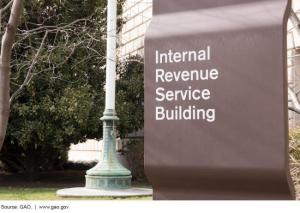IRS: Taxpayer Tips Can Turn Into Cash
 In addition, since expanding the whistleblower program about 10 years ago, the IRS has received thousands of high-dollar tips—those involving more than $2 million. While it’s collected on only 49 of these tips through fiscal year 2016, 17 of those resulted in more than $267 million paid to tipsters.
Other ways to share information
And there are 8 more processes, programs, and offices that allow the public to report different types of tax violators or violations. For example, the
In addition, since expanding the whistleblower program about 10 years ago, the IRS has received thousands of high-dollar tips—those involving more than $2 million. While it’s collected on only 49 of these tips through fiscal year 2016, 17 of those resulted in more than $267 million paid to tipsters.
Other ways to share information
And there are 8 more processes, programs, and offices that allow the public to report different types of tax violators or violations. For example, the
- Information Referral Process allows the public to report general types of tax violations by individuals or businesses
- Identity Theft program, as you might imagine, is for people to report actual or potential incidents of ID theft
- Return Preparer Office receives allegations related to tax return preparers who file or alter tax returns without the taxpayer’s consent
- Questions on the content of this post? Contact Jay McTigue at mctiguej@gao.gov or Jessica Lucas-Judy at lucasjudyj@gao.gov.
- Comments on GAO’s WatchBlog? Contact blog@gao.gov.

GAO's mission is to provide Congress with fact-based, nonpartisan information that can help improve federal government performance and ensure accountability for the benefit of the American people. GAO launched its WatchBlog in January, 2014, as part of its continuing effort to reach its audiences—Congress and the American people—where they are currently looking for information.
The blog format allows GAO to provide a little more context about its work than it can offer on its other social media platforms. Posts will tie GAO work to current events and the news; show how GAO’s work is affecting agencies or legislation; highlight reports, testimonies, and issue areas where GAO does work; and provide information about GAO itself, among other things.
Please send any feedback on GAO's WatchBlog to blog@gao.gov.
